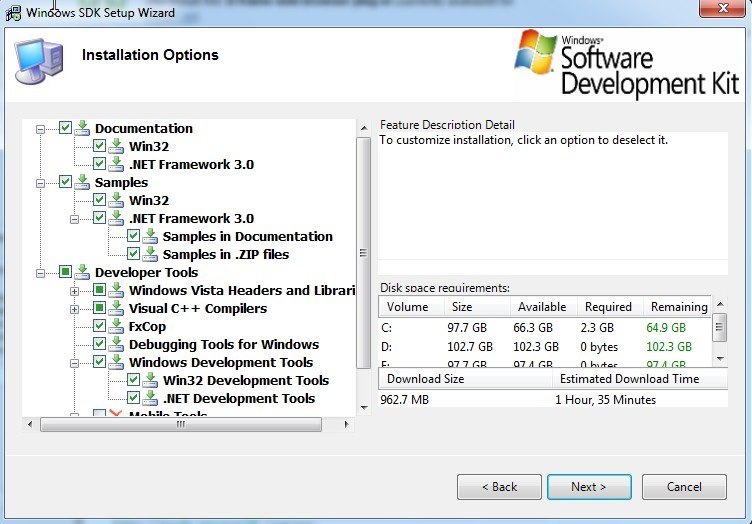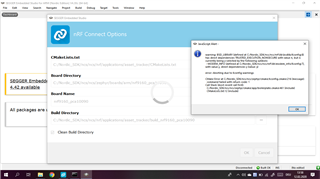

#CMAKE WINDOWS SDK INSTALL#
Additionally, you can open the dialog by navigation at any time to Project > Install WSL for me. By default, it will install a WSL2 Linux VM with the Ubuntu distribution. Next, create main.cxx with the following content: #include įor (int it : view::repeat(0) | view::take(x))Ĭxxopts::Options options("fibo", "Print the fibonacci sequence up to a value 'n'") When you open a CMake project that can target Linux, an info bar will open for users to click and open a WSL installation process. Our project will have the following file layout: fibo/įirst, create CMakeLists.txt with the following content: cmake_minimum_required(VERSION 3.15) In the rest of this tutorial, we will assume you have cloned vcpkg into D:\src\vcpkg. Specify on the cmake command line whether to build a Debug or Release version. Generate the build files by running cmake. Defaulted to None ): Specifies the version of the Windows SDK to use.
#CMAKE WINDOWS SDK GENERATOR#
Create a new directory to store the build files in and navigate to that folder. This is typically not needed if using CMake, as the cmake generator will handle. Receiving objects: 100% (190163/190163), 70.97 MiB | 20.73 MiB/s, done. We recommend you store the generated build files outside of the SDK source directory.

Remote: Enumerating objects: 190163, done. Install vcpkgĭownload vcpkg using Git and run bootstrap to get the tool.

I will also use git and Google Test, and port the project from Windows to Linux. In this tutorial, you'll create a CMake project using the open source libraries fmt, range-v3, and cxxopts. The Windows SDK (1) for Windows 11, Version 22H2 provides the latest headers, libraries, metadata, and tools for building Windows applications. In this article and several more, I will be discussing developing a very simple C++ library and application using CMake and Visual Studio Code.


 0 kommentar(er)
0 kommentar(er)
